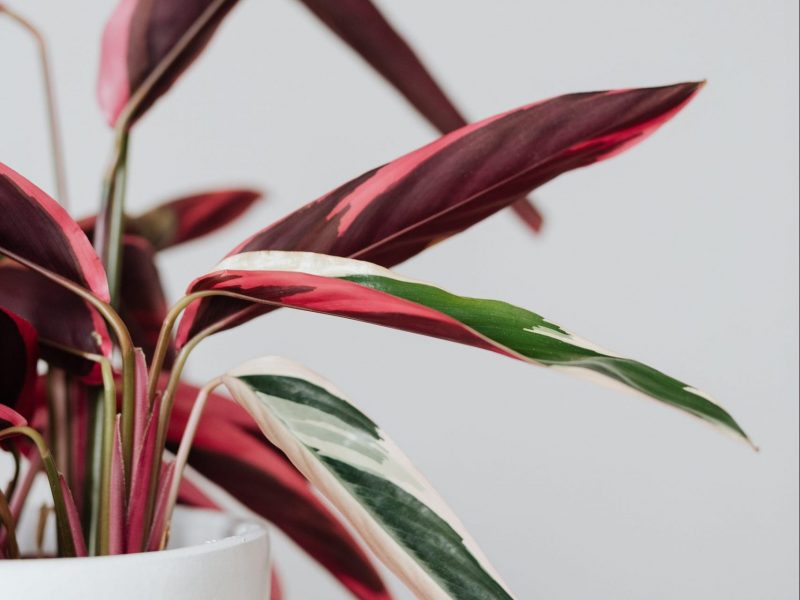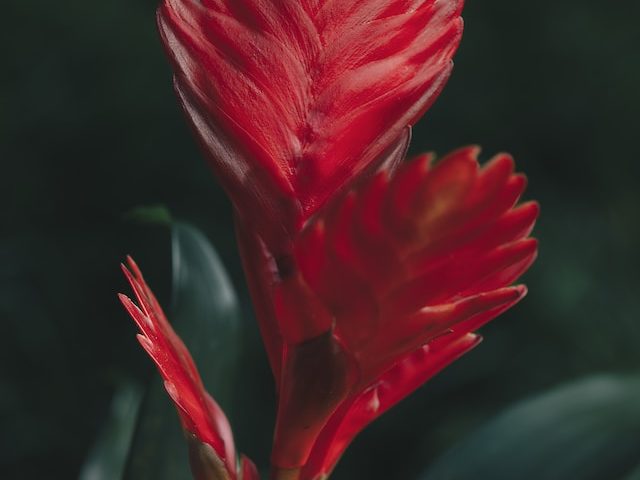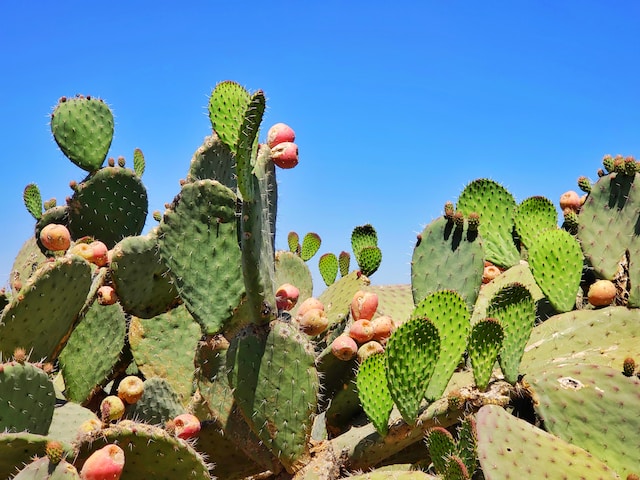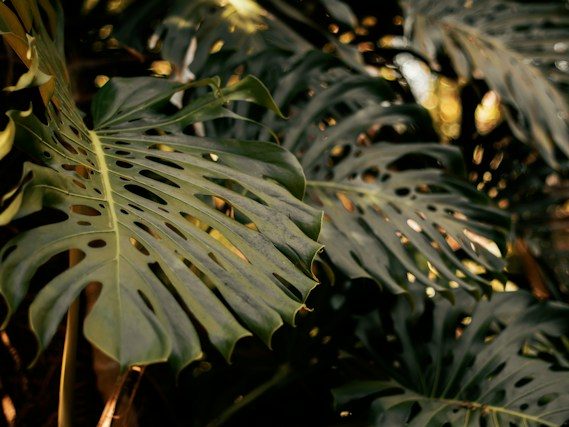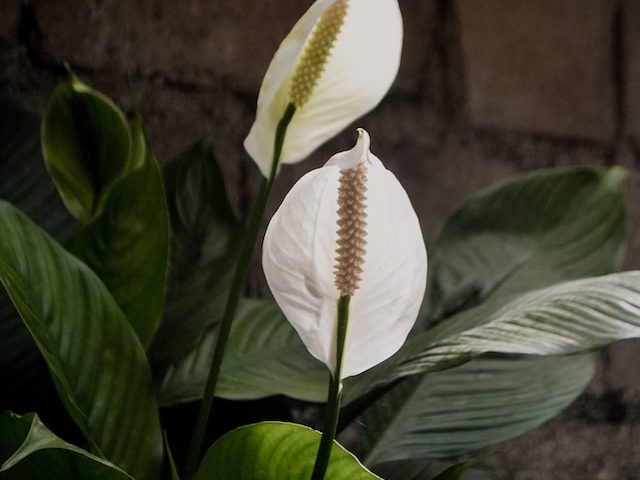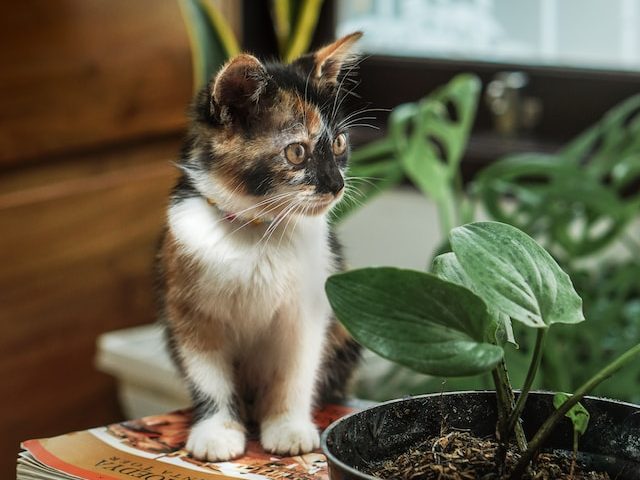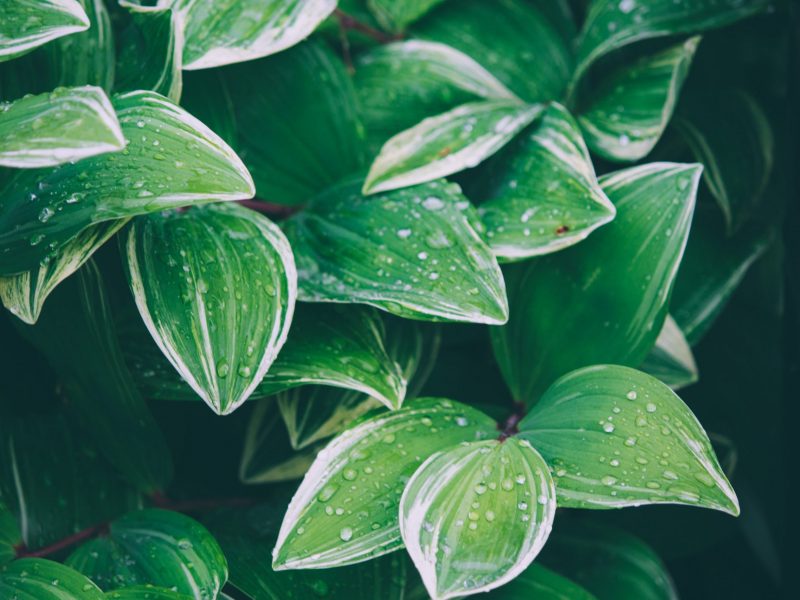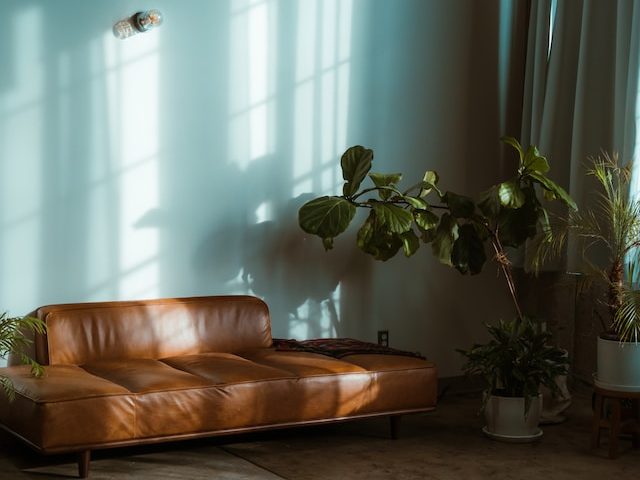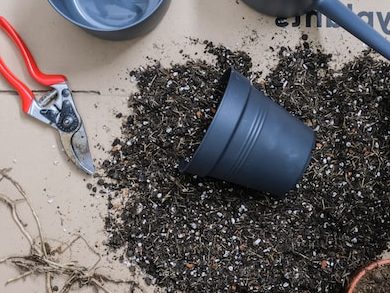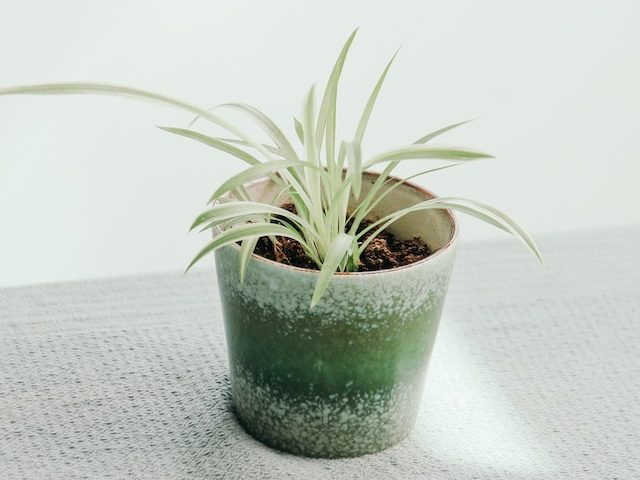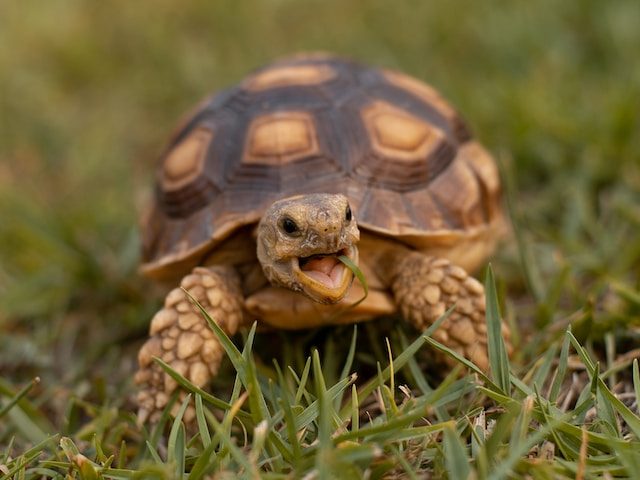Philodendron Squamiferum Plant

Unique for their red hairy stems, the Philodendron Squamiferum is quite a rare but beloved find in the houseplant world! Overall they fall sort of in the middle between easy and difficult to care for. They definitely aren’t adaptable to a range of environments like some houseplants are but they also won’t be too fussy if you miss the occasional watering or forget to mist it for a while.
Native to Central America, French Guiana, and Brazil, the Philodendron Squamiferum’s natural environment is growing in the jungle or rainforest, under the canopy of large trees. Take this into account when thinking about its care requirements as high humidity and some shade is crucial.
Sometimes this variety goes by the common name of Red Bristle Philodendron (named after their stems) but this isn’t a widely used term.
In this article, we will cover everything you need to know about growing and caring for a Philodendron Squamiferum, from light and water requirements to pruning, cleaning and repotting!
How to care for a Philodendron Squamiferum
There are two main things to remember when it comes to the basic care requirements of the Philodendron Squamiferum. Firstly, make sure that you avoid your plant receiving any intense direct sunlight during summer. While you can get away with some direct light during winter, this is only because the sun is a lot weaker. In summer, you may find the leaves become scorched or start to dry up if exposed to direct sunlight.
The other thing to note is humidity. As these plants are native to rainforests and jungles, they will thrive in moderate to high humidity levels. So you’ll want to start getting into the habit of misting or invest in a humidifier to ensure the leaves don’t start to dry out… but more on that later!
Philodendron Squamiferum Overview
Origin: They are native to the rainforests and jungles of Central America, French Guiana, and Brazil,
Plant Family: It belongs to the Araceae family
Difficulty Level: Medium
Appearance: Known for its red hairy stems and leaves that resemble a Monstera Deliciosa minus the fenestrations.
Height and Size: Can grow up to 6 feet (1.8m) indoors.
Growth Rate: Slow
Flowering: Can bloom in summer, producing white flowers.
Pruning: Only if there are issues but not needed regularly.
Cleaning: Dusting the leaves once a month is crucial.
Light Requirements: Bright but indirect light is ideal, avoid any direct sunlight.
Water Requirements: Moderate watering, make sure the soil is dry between waterings.
Best Soil: Nutrient-rich, well-draining potting mix.
Ideal temperature: Between 50-80F (10-27C)
Fertilizing Routine: Optional, but if you do decide to, fertilize only every few months during spring and summer.
Ideal Humidity Level: 60-70% humidity is ideal.
Propagation: Through stem cuttings or division.
Repotting Frequency: Every 2-3 years
Toxicity: Moderately toxic to pets and humans.
Risk of Pests: Gnats and spider mites are the most common pests.
Common Problems: Dry leaf tips, brown leaves and leaf yellowing are the most common issues.
Origin of a Philodendron Squamiferum
These plants are native to Central America, French Guiana, and Brazil. Their natural environment is growing underneath the jungle or rainforest canopy.
Philodendron Squamiferum Plant Family
They are part of the Araceae plant family which consists of over 3,500 species of flowering plants. They are mostly known for their spadix and spathe flowers.
Philodendron Squamiferum Appearance and Characteristics
Known and loved for their hairy red stems, the Philodendron Squamiferum has leaves that will remind you of the famous Monstera Deliciosa but without so many fenestrations. Instead, these are a few large cuts in the leaf.
Philodendron Squamiferum Height and Size
If in the right environment and given the right care, Philodendron Squamiferum plants can grow up to 6 feet (1.8 meters) in height indoors. They aren’t the fastest-growing plants though so it will take a while for them to reach this maximum height and maturity so it shouldn’t outgrow the space for a while. (In their natural environment, they can grow up to 15 feet in height.)
Philodendron Squamiferum Growth Rate
They are a slow-growing species so it will take over 10 years for them to reach their full maturity. You should only expect to see a couple of leaves pop up throughout each growth season, so don’t be disappointed that it’s not rewarding you with lots of new growth every week.
However, the benefit of them being a slow-growing plant is that they won’t outgrow the space and pot any time soon.
Flowers on a Philodendron Squamiferum
As they are part of the Araceae family, Philodendron Squamiferum can produce white spadix flowers enclosed by a spathe. This will only happen during summer though and can also be quite rare so don’t be concerned that something isn’t right if they aren’t blooming.
The flowers on a Philodendron Squamiferum are also quite underwhelming and we often recommend that plant parents remove them from the plant as it can waste a lot of energy which can instead be redirected into growing new leaves.
Pruning your Philodendron Squamiferum
Luckily you don’t need to regularly prune your Philodendron Squamiferum. We only recommend pruning any areas that are dying or dead to help freshen up your plant.
Cleaning your Philodendron Squamiferum
As they have quite large flat leaves, cleaning your plant regularly is a must. Removing dust buildup can help to maximise the amount of light that your plant is getting and unclog any pores so that the leaves can transpire better.
Use a damp cloth to wipe over the leaves gently. If this isn’t enough to remove the dust and dirt from your plant, then do use a drop or two of dish soap. Avoid using any harsh chemicals when cleaning your Philodendron Squamiferum as this can damage the leaves very quickly.
@vriksha_nursery on Instragram
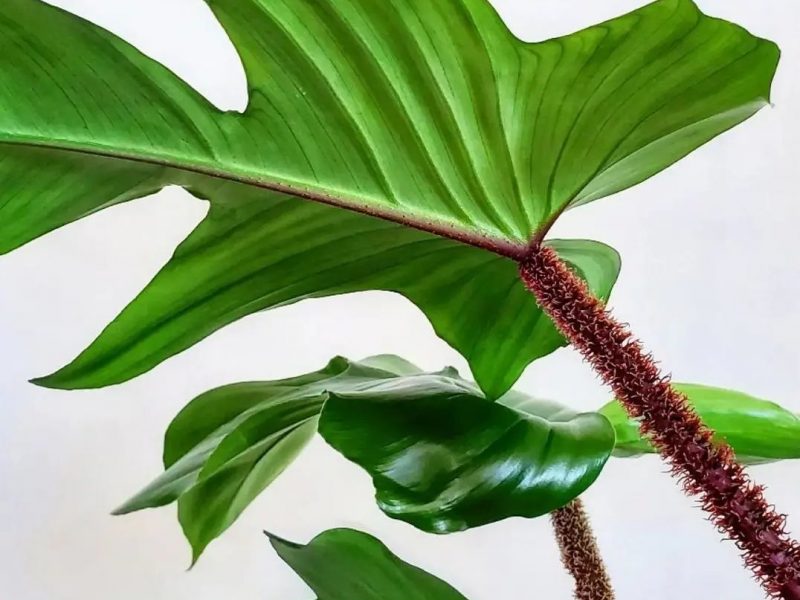
Philodendron Squamiferum Light Requirements
The ideal light level for a Philodendron Squamiferum is bright but indirect light so keep it away from direct light. This is especially important during summer when the sun is a lot stronger.
They can deal with some medium-level sunlight but won’t grow very well in low-light areas of your home. You may need to think about moving your plant around throughout the year to avoid lighting extremes.
Watering your Philodendron Squamiferum
Getting the right balance when watering your Philodendron Squamiferum can be a little tricky as they don’t like to have waterlogged, soggy soil, but they also don’t want the potting mix drying out for extended periods of time.
If you are using the top-down method of watering, test the top inches of the soil to ensure it’s dry before watering again. If you prefer to use the bottom-up method, a moisture meter can really help you determine when it’s time to water again.
Another tip we have when it comes to how to water your Philodendron Squamiferum is to remove any excess water from the saucer or planter about 15 minutes after watering. This will ensure that your plant has had enough time to absorb the water is needs, but avoids the roots sitting in a puddle.
Best Soil for an Philodendron Squamiferum
There are two characteristics to help you determine what soil to buy for your Philodendron Squamiferum. Firstly, you want a potting mix that is high in nutrients and secondly, you want it to be well-draining.
Add perlite to the soil if you haven’t already as this helps with drainage but also aeration of the soil.
Ideal temperature for your Philodendron Squamiferum
The ideal temperature for a Philodendron Squamiferum is between 50-80°F (10-27°C). You want to avoid any extremes, both hot and cold, to prevent damage to your plant.
Things to look out for to avoid hotspots are: drafty windows and external doors, air conditioning vents, heating vents, radiators and cookers.
We highly recommend that you purchase a digital thermometer to monitor any fluctuations in temperature around your plants so that you can rectify any issues before it starts to cause any damage.
Philodendron Squamiferum Fertilizer Requirements
Apply a well-balanced fertilizer at half strength once every 1-2 months during the growth period of spring and summer. Avoid fertilizing your plant during autumn and winter as this is the dormant period.
Do note though that fertilizer is optional and you can still see plenty of healthy growth without it.
Philodendron Squamiferum Humidity Requirements
60-70% humidity is ideal for your Philodendron Squamiferum as they are native to humid jungles and rainforests.
There are plenty of ways that you can boost the humidity around your plant, including misting the leaves or investing in a humidifier to keep a nice stable humidity level.
If you want to take all of the thinking out of creating a nice humid environment for your plant, place it in either your bathroom or kitchen (as long as it still receives a good amount of light). These rooms are naturally a little bit more humid than the rest of your home due to steam released when showing and cooking.
@nicoplants on Instagram
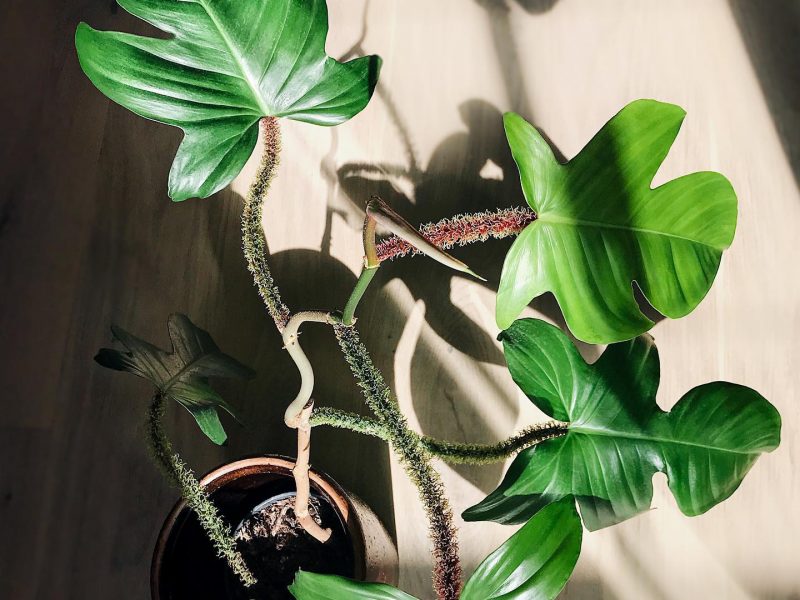
Propagating your Philodendron Squamiferum
The most successful method of propagating a Philodendron Squamiferum is by taking a stem cutting. Place in water and after a few weeks (or months) you should start to see new roots forming. Replace the water weekly to keep things fresh.
The process for propagating your Philodendron Squamiferum is about as easy as it gets. To start make sure that you have a healthy and mature parent plant, this gives your a slightly higher success rate and will also lower the risk of causing problems with the starter plant.
Next, with some clean sharp shears or scissors, snip off some cuttings from the stems making sure to cut just underneath some leaf nodes (remove these leaves). Take the stems and submerge them in some water, these should start rooting pretty quickly.
Once you have some leaves and a good healthy root ball go ahead and plant them into some good quality potting mix and continue care as normal.
Repotting your Philodendron Squamiferum
On average, repot every 1-2 years to avoid your plant from becoming rootbound as this can stagnate growth.
As they aren’t fast-growers, you don’t need to worry so much about repotting more frequently than this but do look out for signs that your plant is rootbound just incase. These include roots growing out of the drainage holes or popping out of the top of your plant, the roots in tight coils (removing the plant from its pot is the only way to see this).
Stagnant growth during spring and summer can also be an indication that your plant needs more space to grow its root system.
Philodendron Squamiferum Toxicity to Humans and Pets
Unfortunately, Philodendron Squamiferum plants are toxic to both humans and pets. This is because they contain insoluble calcium oxalate crystals which do not dissolve when ingested so can cause mouth, throat and stomach irritation if consumed.
Keep these away from anything or anyone who might nibble on it whilst you aren’t looking and seek medical advice if part of the plant is ingested by your pet or anyone else.
Treating and Preventing Pests
Fungus gnats and spider mites are the most common pests to infest a Philodendron Squamiferum. Treat the infestation by removing the worst affected leaves, showering your plant and treating it with neem oil and an insecticide.
You also want to isolate your plant away from all other houseplants and check them down for signs of pests (they can transfer from plant to plant quite easily).
Philodendron Squamiferum Common Problems
Why isn't my Philodendron Squamiferum growing?
Philodendron Squamiferum are quite slow growers so there will be periods of time where you don’t see any growth at all. However, if there is no growth during spring and summer then your plant might be pot-bound. Inspect the root system to see whether it needs an upgrade in pot size.
Why does my Philodendron Squamiferum have brown leaf tips?
Brown leaf tips on a Philodendron Squamiferum are often caused by a lack of humidity. Make sure you are misting your plant a few times each week as well as using a humidifier to increase the humidity level.
Why does my Philodendron Squamiferum have brown leaves?
If your Philodendron Squamiferum has brown or black leaves then you are probably overwatering your plant. If there isn’t enough drainage (eg. the drainage holes are blocked by clumps of soil) or you are simply overwatering each time then the roots on your Philodendron Squamiferum will begin to rot.
This means your plant can no longer get all the water and nutrients it needs and the leaves will go brown or black. Replace the waterlogged soil with fresh potting mix and trim away the worst affected roots and leaves to prevent any more brown leaves from developing on your Philodendron Squamiferum.
Why does my Philodendron Squamiferum have yellow leaves?
Philodendron Squamiferum plants often develop yellow leaves if they are being overwatered. They are a little bit more sensitive to overwatering compared to a lot of other plants so it’s important you allow the potting mix to fully dry out between waterings to prevent yellow leaves.
If there isn’t an issue with watering, then we recommend giving your plant a thorough once over to spot any pests (or signs of pests) as yellow leaves can also be an indicator of an infestation.
If your Philodendron Squamiferum is only developing a few yellow leaves each year, and the rate of yellowing isn’t increasing, then it might simply be natural ageing. It’s normal for your Philodendron Squamiferum to drop a few of its oldest leaves and these will often turn yellow before falling off your plant.
Why is my Philodendron Squamiferum losing leaves?
Watering and temperature shock are the most common reasons why Philodendron Squamiferum plants lose their leaves.
We recommend investing in both a digital thermometer and moisture meter to keep track of moisture and temperature levels around your plant and these will go a long way to fixing any issues before it’s causing your Philodendron Squamiferum to lose leaves.
If your Philodendron Squamiferum is only losing a leaf or two every year, then it might just be natural ageing. These leaves will often turn yellow before falling off the plant. Usually, when your Philodendron Squamiferum is losing leaves due to natural ageing, it’s the lowest and oldest leaves that fall from your plant.
Why is my Philodendron Squamiferum drooping?
If your Philodendron Squamiferum is drooping then this often means there is an issue with watering. This can be both underwatering and overwatering as both extremes impact the roots’ ability to take up needed oxygen, moisture and nutrients for your plant which will cause it to droop.
If you can’t seem to find a problem with how you are watering your Philodendron Squamiferum, then it might also be cold temperatures that is causing your plant to droop down.
Why are the leaves on my Philodendron Squamiferum curling?
Curling leaves can be a bit of a tricky one to diagnose on Philodendron Squamiferum plants as there are quite a few causes; low humidity, underwatering, cold temperatures, direct sunlight and pests.
We recommend going through each issue one by one to see what is causing the leaves on your Philodendron Squamiferum to curl.



